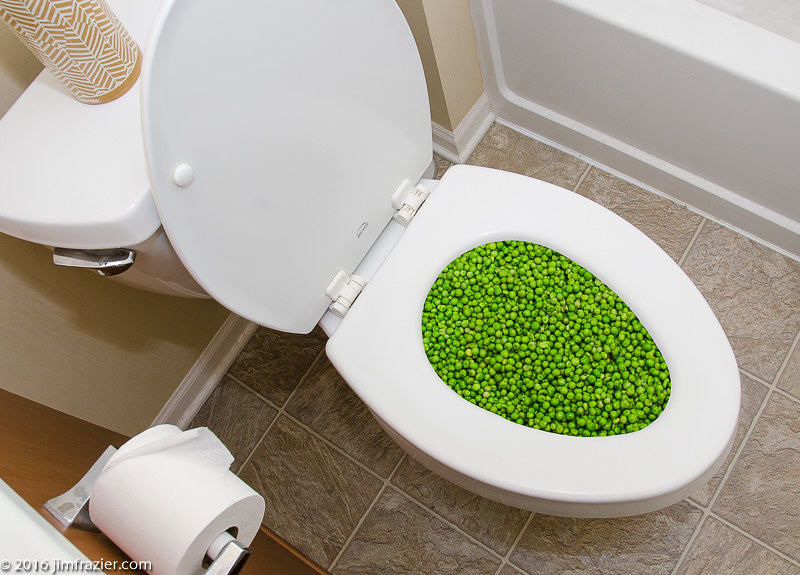Are You Permitted to Flush Food Down the Toilet?
Are You Permitted to Flush Food Down the Toilet?
Blog Article
What're your opinions about Is it safe to flush food (especially rice) down the toilet??

Introduction
Many people are typically confronted with the predicament of what to do with food waste, particularly when it comes to leftovers or scraps. One common inquiry that emerges is whether it's alright to purge food down the bathroom. In this article, we'll explore the reasons why individuals could take into consideration purging food, the repercussions of doing so, and alternate methods for correct disposal.
Reasons why individuals could think about purging food
Lack of recognition
Some individuals might not understand the possible damage caused by flushing food down the commode. They may wrongly believe that it's a safe method.
Benefit
Purging food down the commode might appear like a quick and simple remedy to taking care of unwanted scraps, particularly when there's no close-by garbage can readily available.
Idleness
Sometimes, individuals might merely pick to flush food out of large negligence, without considering the consequences of their actions.
Effects of flushing food down the bathroom
Environmental impact
Food waste that winds up in waterways can contribute to air pollution and harm marine ecological communities. Furthermore, the water used to purge food can strain water sources.
Plumbing concerns
Flushing food can bring about blocked pipelines and drains, causing expensive pipes repair work and hassles.
Types of food that should not be purged
Fibrous foods
Foods with coarse appearances such as celery or corn husks can get entangled in pipelines and create obstructions.
Starchy foods
Starchy foods like pasta and rice can absorb water and swell, causing clogs in pipelines.
Oils and fats
Greasy foods like bacon or cooking oils ought to never be flushed down the bathroom as they can solidify and trigger obstructions.
Appropriate disposal approaches for food waste
Making use of a waste disposal unit
For homes outfitted with waste disposal unit, food scraps can be ground up and purged with the plumbing system. However, not all foods are suitable for disposal in this fashion.
Recycling
Particular food product packaging materials can be reused, reducing waste and minimizing ecological effect.
Composting
Composting is an environmentally friendly way to throw away food waste. Organic products can be composted and used to enhance dirt for horticulture.
The importance of proper waste management
Lowering environmental harm
Proper waste monitoring methods, such as composting and recycling, assistance minimize air pollution and preserve natural deposits for future generations.
Securing plumbing systems
By staying clear of the practice of flushing food down the commode, house owners can prevent pricey pipes repair work and keep the stability of their plumbing systems.
Verdict
In conclusion, while it might be appealing to purge food down the bathroom for ease, it is very important to recognize the potential repercussions of this activity. By taking on proper waste administration techniques and dealing with food waste properly, people can add to much healthier pipes systems and a cleaner setting for all.
FLUSH FOOD DOWN THE TOILET?
FLUSHING FOOD CAN CAUSE BLOCKED DRAINS IN YOUR HOME
All of the plumbing fixtures in your home are connected to the same sewer pipe outside of your home. This outdoor sewer pipe is responsible for transporting all the wastewater from your home to the Council sewer mains. Even small pieces of food that go down the kitchen sink can cause problems for your sewer. It should therefore be obvious that flushing larger bits of food, such as meat, risks a clog in either the toilet itself or the sewer pipes. Flushing greasy food is even more problematic because oil coagulates when it cools, coating the interior lining of your pipes.
THE TOILET IS NOT A BIN
Food isn’t the only thing that people shouldn’t be flushing down the toilet. People use the toilet to dispose of all kinds of things such as tampons, makeup wipes, dental floss, kitty litter and even underwear. Water goes to great lengths to educate residents about the high costs and stress placed on wastewater treatment systems simply from people flushing the wrong stuff down the toilet. It costs taxpayers millions of dollars each year, and homeowners thousands in blocked drain repairs.
FLUSHING FOOD IS A WASTE OF WATER
Flushing food is a waste of our most precious resource - water. In June this year Level 1 water restrictions were introduced to protect water supply from drought conditions. Much of New South Wales continues to be affected by prolonged drought with recent figures revealing up to 97 per cent of the state remains in drought. Depending on whether you have a single or dual flush toilet, every single flush uses between five and 11 litres of water. In the current climate this is a huge amount of water to be wasting on flushing food that should be placed in the bin (or better yet, the compost).
https://www.jabplumbingsolutions.com.au/blog/can-you-flush-food-down-the-toilet

I was shown that write-up about Is it safe to flush food (especially rice) down the toilet? from a buddy on another web address. Kindly set aside a second to distribute this post if you liked it. We enjoy your readership.
Schedule Services Report this page